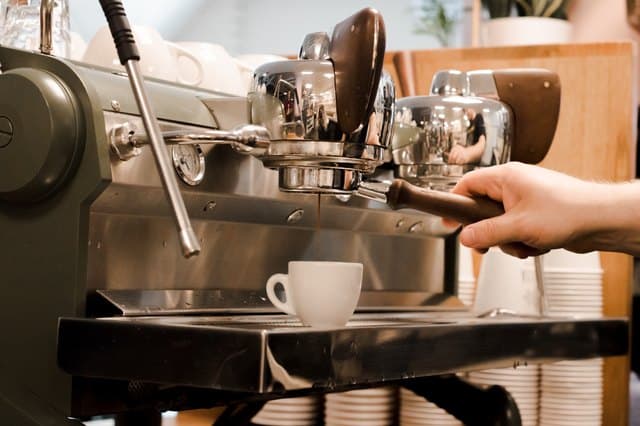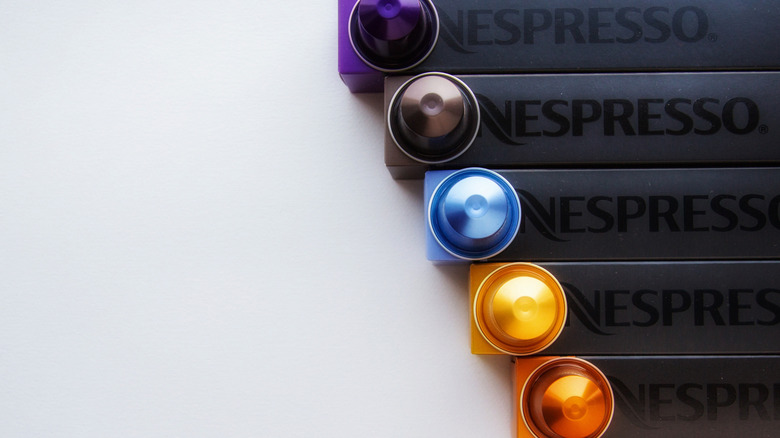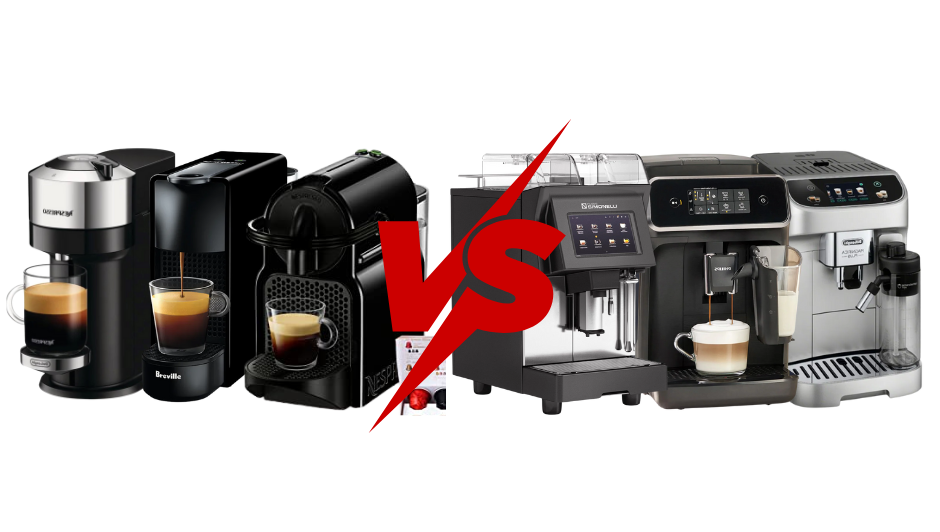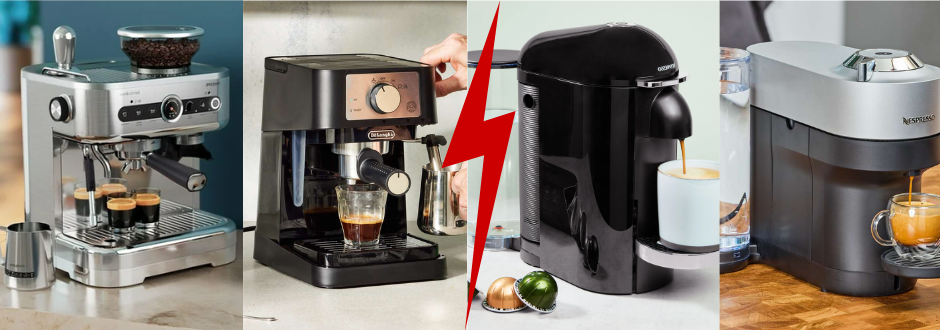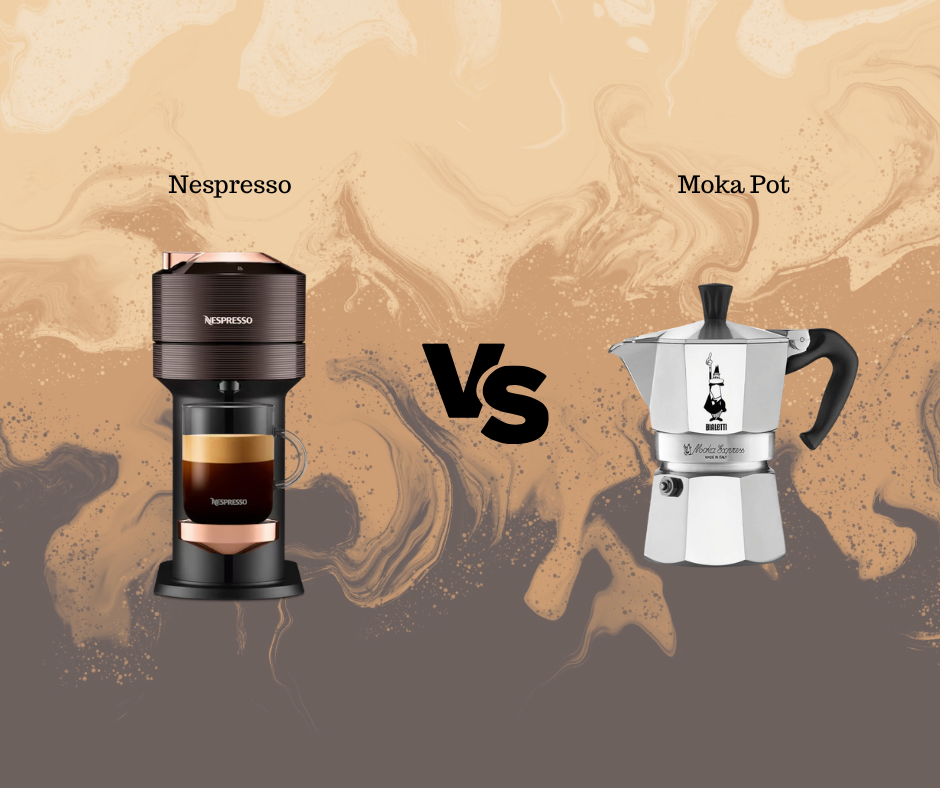Ever experienced that moment when a sip of espresso feels like a symphony in your mouth? That velvety texture, the rich aroma, and the perfect balance of flavors—it’s pure magic. But achieving this perfection consistently is no small feat.
Importance: Why Calibration is Crucial for Consistent and Exceptional Espresso
Calibration is the unsung hero of great espresso. It’s the process that ensures every shot you pull tastes like it was made by a top barista. Without proper calibration, even the best beans and the most expensive machines can produce lackluster results.
Here’s why calibration matters:
- Consistency: Ensures that each shot tastes the same, every time. This is crucial for both home baristas and professional cafes.
- Quality: Unlocks the full potential of your coffee beans and equipment, delivering the best possible flavor and aroma.
- Control: Allows you to make precise adjustments to meet your taste preferences and adapt to different beans and roast levels.
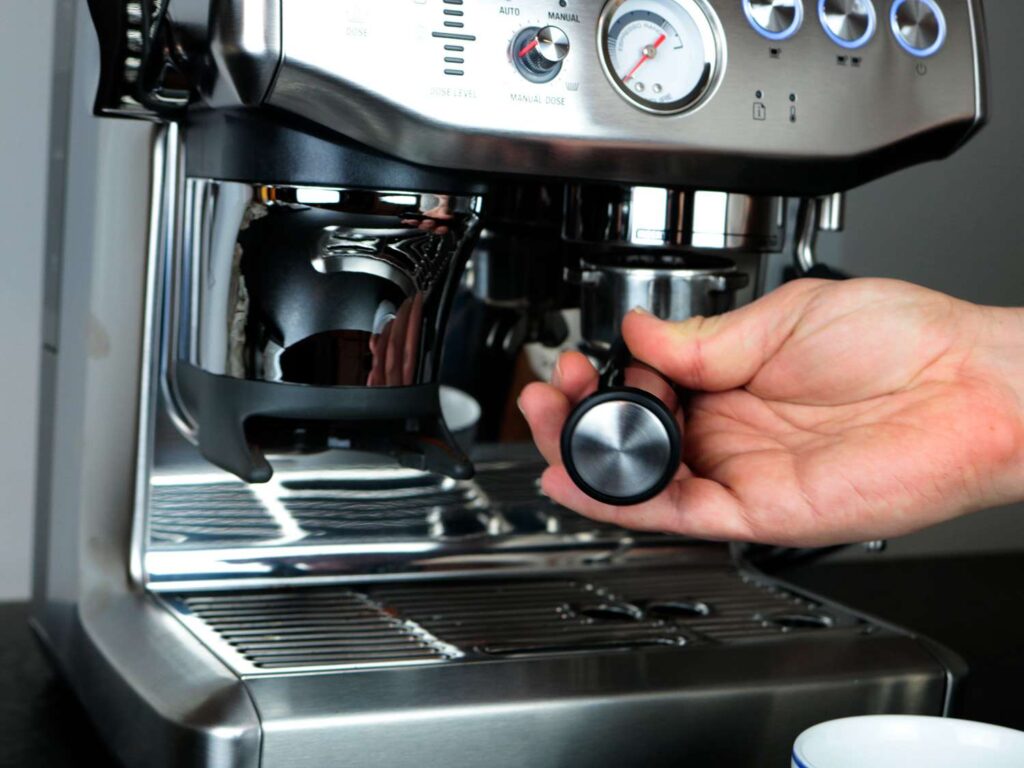
What is Espresso Machine Calibration?
Espresso machine calibration is the process of fine-tuning your espresso machine and grinder settings to achieve the ideal balance of flavors in your espresso. This involves adjusting the grind size, coffee dose, extraction time, water temperature, and pressure to ensure consistent and optimal extraction. The goal is to produce a well-balanced espresso shot with the desired taste profile every time.
Calibration is crucial because it ensures that each shot of espresso is brewed under controlled conditions, leading to consistent quality and flavor. Even minor variations in grind size, dose, or extraction time can significantly impact the taste. Regular calibration is necessary to adapt to changes in coffee beans, environmental conditions, and equipment wear and tear.
By mastering espresso machine calibration, you can unlock the full potential of your equipment and consistently produce high-quality, flavorful espresso shots. This process is both a science and an art, requiring careful adjustments and a good understanding of how different variables affect the final cup.
Reasons You Need to Know Espresso Machine Calibration
Now, you might be thinking, “Why the heck do I need to know this? Can’t I just press a button and let the machine do its thing?” Well, if you’re happy living in mediocrity, sure. But if you’re here, I bet you want more out of your cup.
Why It’s a Must-Do:
- Consistency is Key: You ever get a great shot and then can’t replicate it? Yeah, calibration prevents that heartbreak.
- Max Flavor: You invested in good beans, right? Calibration ensures you’re squeezing every delicious note out of them.
- Efficiency: No one wants to waste beans or time. Get it right faster with proper calibration.
- Longevity: Believe it or not, a well-calibrated machine experiences less wear and tear. Your wallet says thanks.

Step-by-Step Instructions to Calibrate Espresso Machine
Alright, roll up those sleeves and put on your most studious pair of glasses, ’cause school’s in session. I’m gonna walk you through the entire calibration process. It’s not rocket science, but it might as well be—rocket science for your tastebuds, that is.
Preparing for Calibration
To achieve perfect calibration, the preparation phase is crucial. Proper preparation ensures that all variables are controlled, allowing for consistent and precise adjustments.

- Fresh Coffee Beans Freshness is key when it comes to coffee beans. Using freshly roasted beans ensures that you get the most vibrant flavors and aromas in your espresso. Coffee beans start losing their quality shortly after roasting, so aim to use beans within two weeks of their roast date for the best results.
- Why Freshness Matters: Fresh beans contain more oils and compounds that contribute to the rich flavor and crema of your espresso. Stale beans can result in flat, lifeless shots.
- Pro Tip: Store your beans in an airtight container away from light, heat, and moisture to maintain their freshness.
- Clean Equipment Regular cleaning of your espresso machine and grinder is essential to maintain the integrity of your coffee’s flavor. Residual coffee oils and old grounds can spoil the taste of your espresso and cause inconsistent extraction.
- Daily Cleaning: Wipe down the machine, clean the portafilter, and flush the group head.
- Weekly Cleaning: Deep clean the grinder, removing any buildup of oils and grounds. Clean the water reservoir and ensure there are no mineral deposits.
- Monthly Cleaning: Descale the machine to prevent scale buildup, which can affect water flow and temperature.
- Pro Tip: Use a dedicated coffee machine cleaner and follow the manufacturer’s instructions for the best results.
- Using Filtered Water The quality of water you use can significantly impact the taste and consistency of your espresso. Tap water often contains minerals and impurities that can alter the flavor and cause scale buildup in your machine. Using filtered or purified water ensures a cleaner extraction and prolongs the life of your equipment.
- Why Filtered Water: Filtered water maintains a consistent mineral balance, crucial for extracting the right flavors from your coffee beans. It also prevents scale buildup inside your machine, which can affect performance and longevity.
- Pro Tip: If your tap water is very hard, consider using a water filtration system or bottled spring water specifically designed for coffee brewing.
Dialing in Your Grinder
Now that your equipment is ready, it’s time to focus on one of the most crucial aspects of espresso preparation: dialing in your grinder. This process involves adjusting the grind size to ensure optimal extraction and flavor.
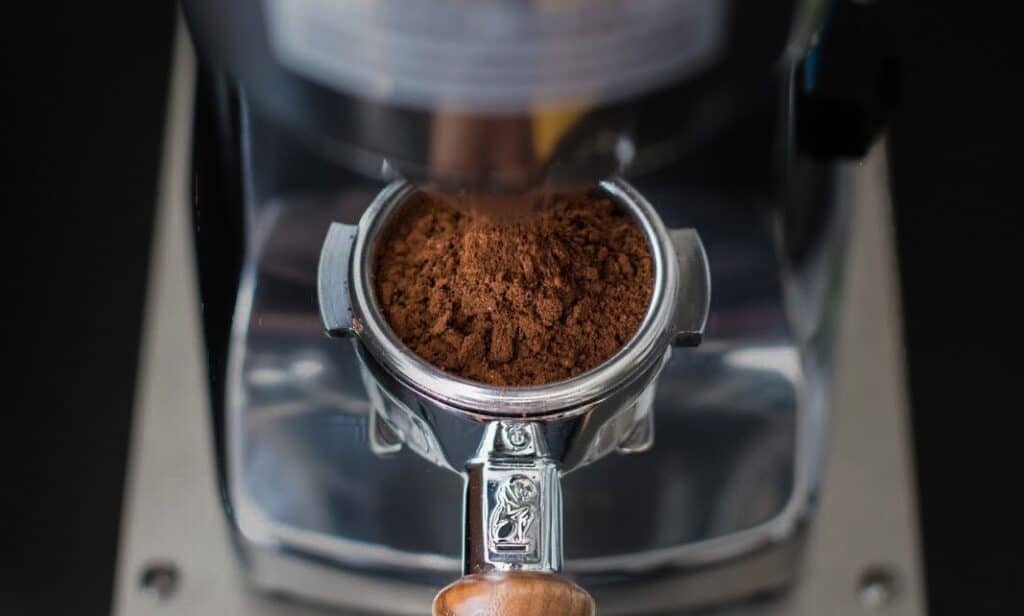
- Starting with a Baseline Grind Size Begin with a grind size that resembles fine table salt. This is a good starting point for most espresso machines and provides a baseline to make further adjustments.
- Why It Matters: The grind size directly affects the flow of water through the coffee grounds. Too coarse, and the water flows too quickly, resulting in under-extraction. Too fine, and the water flows too slowly, leading to over-extraction.
- Pro Tip: Use a burr grinder for consistent grind size. Blade grinders can produce uneven particles, which can negatively affect extraction.
- Testing Extraction Time After setting your baseline grind size, pull a shot of espresso and measure the extraction time. Aim for a shot time between 25 to 30 seconds. This range typically yields a balanced and flavorful espresso.
- Ensuring Even Grind Distribution Proper distribution of coffee grounds in the portafilter is essential for an even extraction. Clumps or uneven distribution can cause channeling, where water flows through the path of least resistance, leading to inconsistent shots.
- Methodology:
- After grinding, gently tap the portafilter to settle the grounds.
- Use a distribution tool or your finger to level the coffee bed evenly.
- Tamp the grounds with consistent pressure to create a uniform surface.
- Pro Tip: Investing in a good distribution tool can significantly improve the consistency of your shots.
- Methodology:
Tamping Techniques
Proper tamping is crucial for a balanced and consistent espresso extraction. Tamping ensures that the coffee grounds are evenly compressed, allowing water to flow through the coffee bed uniformly. Here’s how to master your tamping technique:
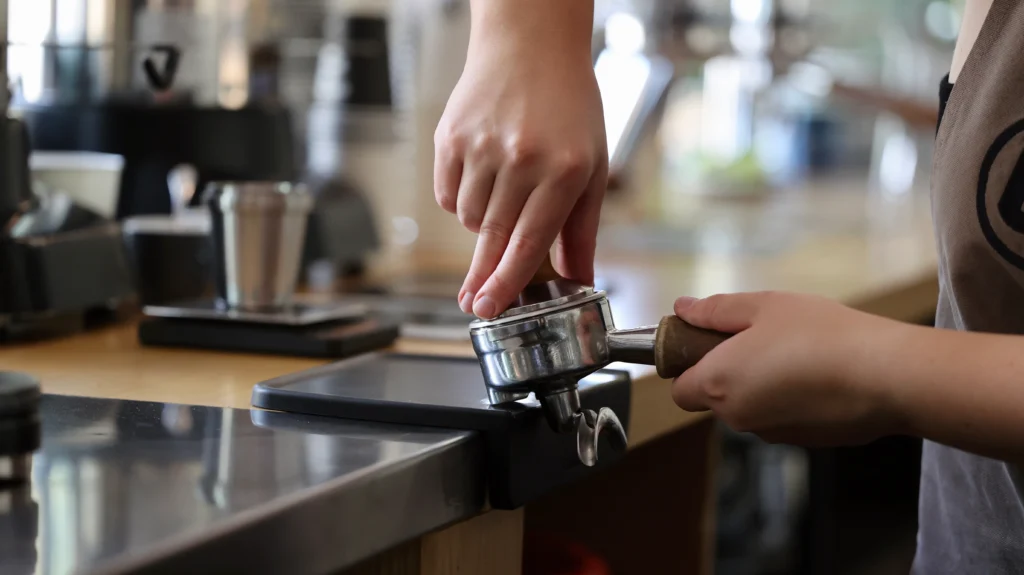
- Using Consistent Tamping Pressure Aim for a consistent tamping pressure of around 30 pounds. This consistency helps ensure that every shot of espresso is brewed under the same conditions, leading to more predictable results.
- How to Achieve Consistent Pressure:
- Place the portafilter on a flat, stable surface.
- Hold the tamper with your elbow at a 90-degree angle.
- Apply downward pressure firmly and evenly until you reach the desired pressure.
- Some baristas use a bathroom scale to practice applying consistent pressure, aiming for 30 pounds each time.
- Pro Tip: Use a calibrated tamper that clicks when the correct pressure is applied. This tool can help develop muscle memory for consistent tamping.
- How to Achieve Consistent Pressure:
- Checking for Even Tamping to Avoid Channeling Ensuring an even tamp is vital to prevent channeling, which occurs when water finds weak spots in the coffee bed and flows through unevenly. Channeling can result in under-extraction or over-extraction, leading to bitter or sour flavors.
- Methodology for Even Tamping:
- Distribute the coffee grounds evenly before tamping. Use your finger or a distribution tool to level the grounds in the portafilter.
- After applying pressure, give the tamper a gentle twist to polish the surface of the coffee bed. This action helps to seal any loose grounds and create a smooth surface.
- Check the tamped coffee puck for any visible inconsistencies or gaps. The surface should be level and smooth.
- Pro Tip: Regularly inspect your portafilter basket for wear and tear. A damaged or uneven basket can cause inconsistent tamping and extraction.
- Methodology for Even Tamping:
Brewing the Perfect Shot
Now that your equipment is prepped, your grinder is dialed in, and your tamp is perfect, it’s time to pull the shot. Brewing the perfect shot of espresso requires precise execution of the extraction process. Here’s how to nail it:
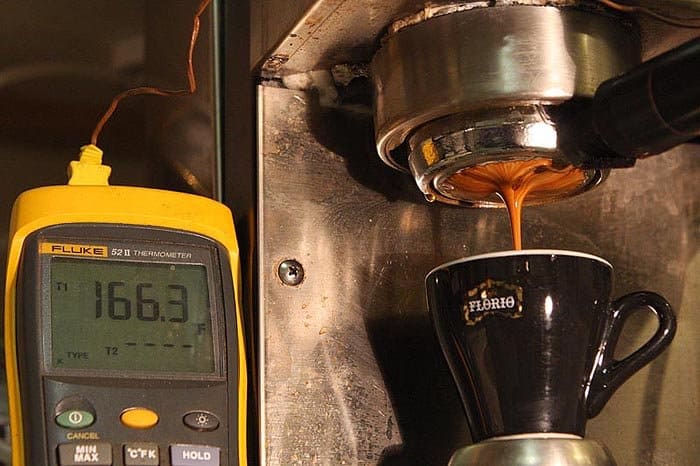
- Measuring Dose and Yield for a 1:2 Ratio The standard ratio for espresso is a 1:2 coffee-to-water ratio. This means that for every gram of coffee, you should aim for two grams of liquid espresso. For instance, if you use 18 grams of coffee, your final yield should be 36 grams of espresso.
- How to Measure:
- Weigh your coffee dose accurately using a digital scale.
- After tamping, place the portafilter in the machine and start the extraction.
- Use a scale under the cup to measure the yield. Aim for double the dose in liquid form.
- Pro Tip: Experiment with ratios slightly if desired, such as a 1:1.5 for a richer shot or a 1:2.5 for a lighter one. However, 1:2 is a good starting point.
- How to Measure:
- Timing the Extraction to Fall Within 25-30 Seconds The extraction time is crucial for balancing the flavors in your espresso. The optimal extraction time usually falls between 25 to 30 seconds. This timeframe allows for the ideal balance of acids, sugars, and bitterness.
- How to Time:
- Start the timer the moment you begin the extraction.
- Aim for the shot to reach its final yield within 25-30 seconds.
- If the extraction is too fast (under 25 seconds), the grind might be too coarse or the dose too low. If too slow (over 30 seconds), the grind might be too fine or the dose too high.
- Pro Tip: Make small adjustments to grind size and dose to perfect the timing. Even slight changes can have a significant impact.
- How to Time:
- Adjusting Based on Roast Type and Taste Different coffee roasts extract differently. Light roasts generally require a longer extraction time, while dark roasts extract more quickly. Adjust your technique based on the roast level to optimize flavor.
- Light Roasts:
- Tend to be more acidic and complex.
- Aim for a slightly longer extraction time (closer to 30 seconds).
- Use a finer grind to achieve this.
- Dark Roasts:
- Tend to be bolder and more robust.
- Aim for a shorter extraction time (closer to 25 seconds).
- Use a coarser grind to avoid over-extraction and bitterness.
- Pro Tip: Taste your espresso and adjust based on your flavor preference. If it’s too sour, lengthen the extraction time. If it’s too bitter, shorten it. Record your adjustments and results to find the perfect balance.
- Light Roasts:
Fine-Tuning the Calibration
After nailing the basics, it’s time to fine-tune your espresso machine calibration. This involves making incremental adjustments based on taste tests to achieve the perfect shot consistently.

- Conducting Taste Tests to Refine Flavor Taste is the ultimate judge of your espresso. Regularly conducting taste tests helps you refine the flavor and balance of your shot.
- Taste Testing:
- Brew a shot and taste it immediately.
- Note the flavors: Is it too bitter, too sour, or just right?
- Consider the texture and body of the espresso as well.
- Pro Tip: Develop a flavor profile sheet to record your observations. This helps track changes and identify patterns over time.
- Taste Testing:
- Adjusting Grind Size, Dose, and Extraction Time Based on Taste Depending on your taste test results, you may need to adjust various parameters to perfect your espresso.
- Grind Size:
- If the espresso is too bitter, try a coarser grind.
- If it’s too sour, go finer with the grind.
- Dose:
- Increase the dose for a stronger, more intense shot.
- Decrease the dose for a lighter, milder espresso.
- Extraction Time:
- Adjust the time if the shot is over-extracted (too long) or under-extracted (too short).
- Aim for a consistent time range of 25-30 seconds.
- Pro Tip: Change only one variable at a time to understand its impact on the flavor.
- Grind Size:
- Monitoring and Documenting Changes for Consistency Keeping detailed records of your adjustments and their outcomes is crucial for consistent results.
- Documentation:
- Record the grind size, dose, extraction time, and any taste notes.
- Use a dedicated notebook or digital app to keep track of your calibration process.
- Pro Tip: Review your records regularly to understand how different variables interact and affect the final shot.
- Documentation:
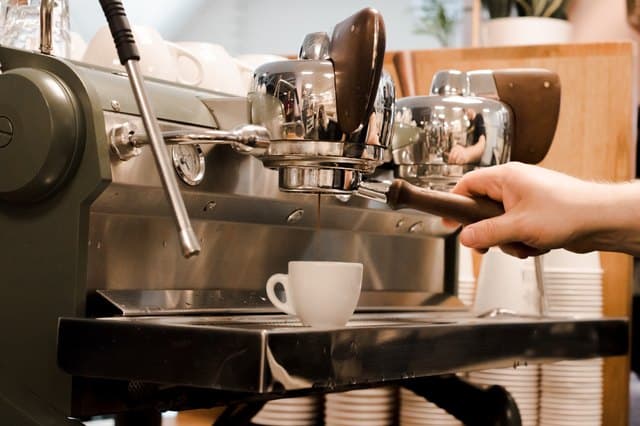
Maintaining Your Equipment
Regular maintenance of your espresso machine and grinder is essential to ensure optimal performance and longevity.
- Cleaning Routines for the Machine and Grinder Clean equipment ensures that old coffee residues do not affect the flavor of your espresso.
- Daily: Wipe down the machine, clean the portafilter, and flush the group head.
- Weekly: Deep clean the grinder and machine, removing any coffee oils and residues.
- Monthly: Descale the machine to prevent mineral buildup.
- Replacing Burrs and Other Components as Needed Over time, burrs and other components can wear out, affecting the grind quality and machine performance.
- Replacement Schedule: Follow the manufacturer’s recommendations for replacing burrs and other critical components.
- Pro Tip: Keep spare parts handy for quick replacements when needed.
- Using a Quality Water Filtration System to Prevent Scale Buildup Good water quality is crucial for both the taste of your espresso and the longevity of your machine.
- Water Filtration: Use filtered or bottled water to prevent scale buildup.
- Pro Tip: Install a dedicated water filtration system if your tap water is particularly hard.
Troubleshooting Common Issues
Even with perfect calibration, you might encounter some common issues. Here’s how to troubleshoot and fix them:
Methodology: Identifying and Fixing Problems
- Bitter Shots
- Solution: Adjust the grind size, dose, and temperature.
- Try a coarser grind.
- Reduce the dose.
- Lower the brew temperature.
- Solution: Adjust the grind size, dose, and temperature.
- Sour Shots
- Solution: Fine-tune the grind and extraction time.
- Use a finer grind.
- Increase the extraction time slightly.
- Solution: Fine-tune the grind and extraction time.
- Weak or Overpowering Shots
- Solution: Balance the dose and grind size.
- For weak shots, increase the dose and use a finer grind.
- For overpowering shots, decrease the dose and use a coarser grind.
- Solution: Balance the dose and grind size.
Conclusion
Calibrating your espresso machine is crucial for consistently exceptional shots. Start with fresh coffee beans, clean equipment, and filtered water. Dial in your grinder by adjusting the grind size, ensuring it resembles fine table salt, and test your extraction time, aiming for 25-30 seconds. Evenly distribute and tamp the grounds to avoid channeling.
Measure your dose and yield for a 1:2 ratio, and adjust based on roast type and taste. Fine-tune by conducting taste tests, adjusting grind size, dose, and extraction time as needed, and document changes for consistency. Maintain your equipment with regular cleaning, replacing burrs as needed, and using filtered water to prevent scale buildup. Troubleshoot common issues by adjusting grind size, dose, and temperature.
Mastering calibration takes practice and patience. Each shot is a learning opportunity. Share your tips and experiences in the comments below to help fellow espresso enthusiasts. Happy brewing, and may every cup bring you joy!
Disclosure: Our blog contains affiliate links to products. We may receive a commission for purchases made through these links. However, this does not impact our reviews and comparisons. We try our best to keep things fair and balanced, in order to help you make the best choice for you.

